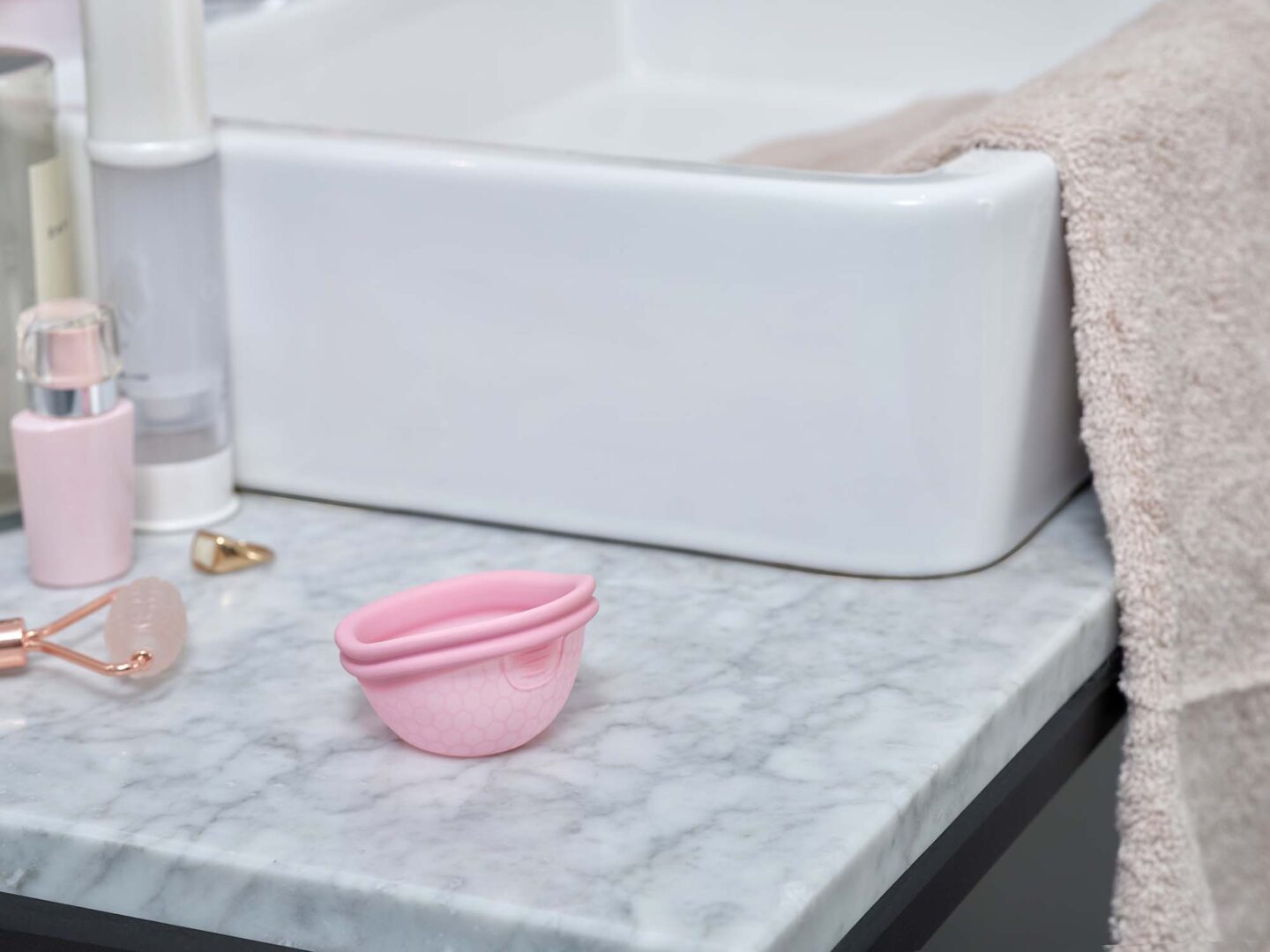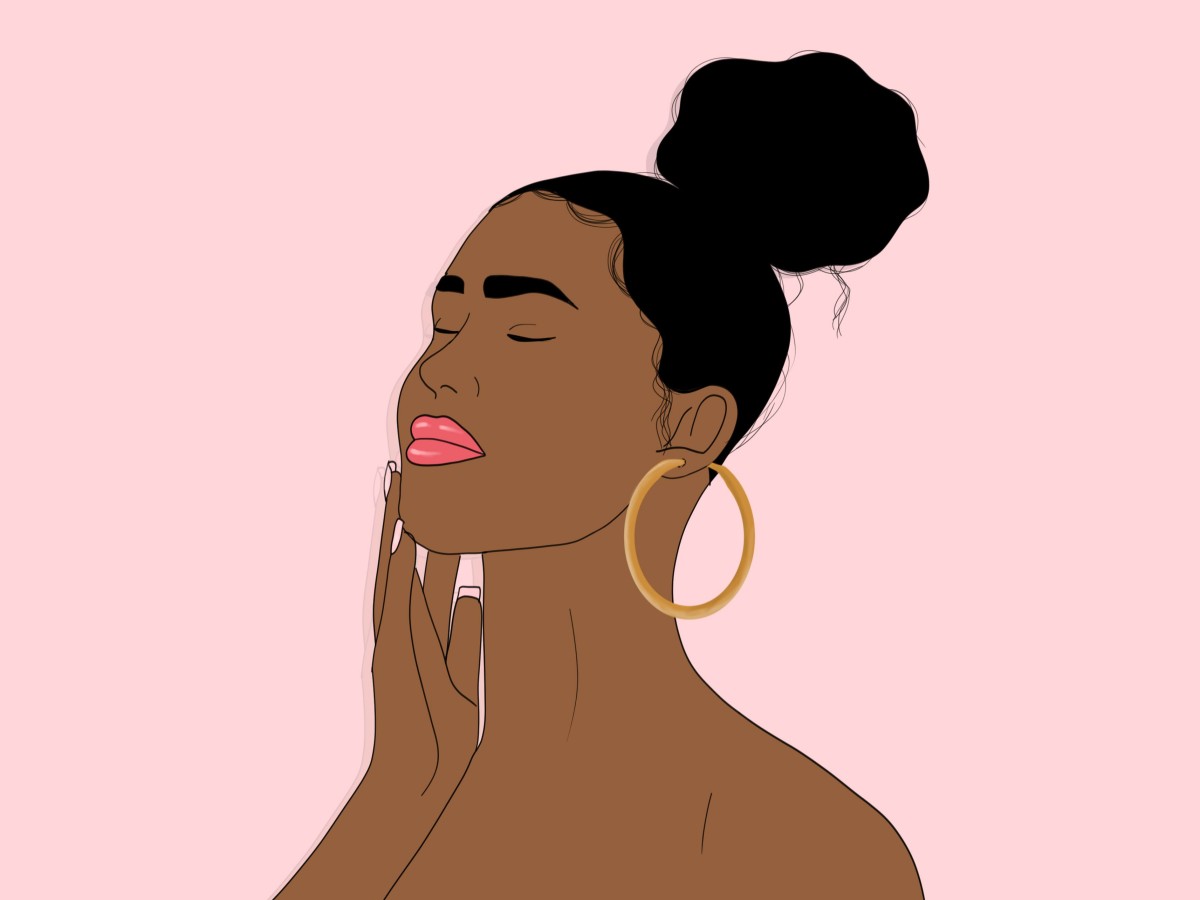Across the world, 1.8 billion people are currently menstruators.
22% of the population have a period but it remains a taboo topic, the stigma lingering in the labels we use to hide i: ‘aunt flo’ and ‘that time of the month’ just to name a few.
Shamed into the shadows, adequate education on menstruation is lacking and the internet and social spaces continue to be troubled by misinformation.
That’s why we’ve compiled a four-point list of knowledge every menstruator should have easy access to but has probably never heard of.
1. Period symptoms can be eased through diet: fact or fiction?
BANT registered nutritionist Eva Humphries pinpoints the best five foods for happy periods.
Cacao
Chocolate seems to be a fan favourite for people on their periods but there is a reason you may be craving it.
Cacao is rich in magnesium, one of the most important minerals in easing period symptoms.
“Think of magnesium as nature’s natural relaxant that may ease blood flow and reduce pain,” Eva explains.
As well as this, cacao is abundant in iron, useful in preventing anaemia and plant compounds known as polyphenols that can reduce inflammation.
Top tip: “Some of the commercial chocolates can have as little as 20% cocoa content. To get the most magnesium, ideally reach for cacao, a raw powder made from grinding cacao beans, rather than chocolate.”
Tahini
Eva credits zinc as a powerful anti-inflammatory that also helps support a healthy immune system but “sadly, it isn’t in many foods so reaching high intakes can be difficult.”
She suggests tahini, a sesame seed paste used to make hummus, as a way for menstruators to top up their zinc levels.
“It can be used to make delicious salad dressing, be added to smoothies, hummus or stirred into porridge. The more the merrier.”
Oily fish
“Omega-3 fatty acids are touted as the holy grail of bringing down inflammation. As a generalisation, the more inflammation there is, the more likely you are to experience pain.”
While oily fish is the best source of these acids, kippers, trout and sardines are also high in omega-3.
Eggs
Eggs are a versatile ingredient that can create sweet or savoury dishes to curb your cravings. Eva highlights that they are also a great source of protein.
“Periods signal the breakdown of the lining of the uterus. Although we are used to this happening, it’s actually a pretty big thing that needs a lot of follow-up repair. We use protein as the building blocks with which to repair tissues, so it’s pretty important to get a good quantity of high-quality protein in our diets.”
As well as this, Eva points to recent research into palmitoylethanolamide (PEA), a compound found in egg yolks.
“Research suggests higher intakes of PEA may be useful to lower inflammatory pain, especially in endometriosis.”
Liver
The final food Eva suggests isn’t exactly a popular eat but its benefits may make it more favourable during menstruation.
“Liver is a seriously good source of many nutrients, including iron, zinc, vitamin A, B vitamins and many more. These nutrients are kind of a big deal because bleeding depletes our nutrient stores. We then need to do a lot of repairing after our periods, which needs even more nutrients.”
2. PMS V PMDD: what’s the difference?
PMS is common when menstruating, causing symptoms such as greasy hair, mood swings and stomach pain.
When these symptoms intensify, it may be tempting to write it off as hormones, but in some cases, it could be that you’re experiencing PMDD.
Premenstrual Dysphoric Disorder (PMDD) is a very severe form of premenstrual syndrome (PMS), occurring during the luteal phase (the time between ovulation and the beginning of your period).
For those with PMDD, menstruation is a minefield of emotions, including suicidal thoughts, plagued also by physical symptoms including severe cramps.
There are resources available to make PMDD less of a nightmare, including some hormonal contraceptives and SSRIs such as sertraline.
For more information on PMDD, read our article on how to get a PMDD diagnosis or visit Mind.
3. Decidual casts: ‘rare’ or just not talked about?
Decidual casts can be terrifying when you don’t know what they are. They can be extremely painful and uncomfortable.
According to Healthline, “passing a decidual cast happens when your body sheds the entire lining of the uterus as one piece.”
Often, the shape of the uterus can be distinctly seen in the tissue when it passes and due to the ways decidual casts can mimic a miscarriage (cramping, bleeding, tissue discharge), it can be quite alarming.
But how common are they really?
Various factors can increase your risk of a decidual cast, including using hormonal contraceptives and having endometriosis.
Thankfully, while the experience may be painful and unsettling, there is no research to suggest ongoing complications or side effects after passing a decidual cast.
4. Menstrual products: are there more options than you think?

Tampons are currently the most popular period product on the market, with pads coming in at a close second. But the world of menstrual products isn’t limited to these two options.
Period underwear and menstrual cups are becoming more regularly available, offering more variety when it comes to flow absorption.
Finding the right fit for your flow can be a challenge.
New on the period scene is INTIMINA’s Ziggy Cup 2, a reusable menstrual disc available in two different sizes.
Size A is suitable for those with a lower cervix and light to medium flow, perfect for first-time cup users. Size B is also available to work for those with a high cervix and heavier flow.
Ok so I can get it inside, but what if I can’t get it out?
The Ziggy Cup 2 design features a ribbed tab for slip-free removal and can even be used as a barrier for mess-free, comfortable period sex.
The Ziggy Cup 2 is a worthwhile investment for menstruators, with a longevity of up to two years of use.
Periods can be daunting, whether it’s your first time or your fiftieth, but these tips will make that time of the month a bit more manageable.
If you want to explore more about alternative period products, visit INTIMINA.
Find more self-improvement articles here >
Written by Chloe Richardson
Illustrated by Francesca Mariama

